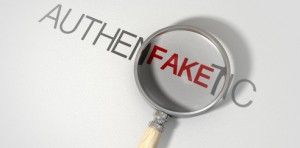
- Registering your trademark. This is the first and most important step in protecting your brand-name product. Although you do have rights when you first create your product, the official step of registering it gives you clear and direct rights to that trademark. As you register your trademark, make sure to also register with US Customs, who are tasked to monitor and stop the influx of counterfeit goods.
- Register for trademark protection in every country in which you might do business. Although you may not be exporting the product now, if you think you might be sending to Canada, Mexico or anyone in Europe, you would do best to register your trademark in those countries as well. In addition, a lot of companies that engage in international business will register their brands in all countries where they purchase supplies, just to make sure suppliers and vendors don’t run off and steal your idea.
- Register in China. If at all possible, register your brand in China, simply because many counterfeit goods are made in China. If you find that your product is being forged in China, you probably don’t have a lot of recourse right now. Certainly – you can send a cease-and-desist letter (in Chinese, of course) and it may or may not make a difference. Trying to use the Chinese courts is an iffy proposition at best and may be very costly. However, as China is making small steps to towards better regulation, it’s best to go ahead and get that timestamp on your trademark.
- Check US Retail locations. You must be proactive and look for any stores that might be selling forged products. Many US retail locations, including Amazon and EBay, have procedures already in place to help you stop illegal sales. Monitoring sales platforms frequently can help you stop a problem before it gets too big to handle.
- Protect your secrets. Even though you have a trademark, you don’t want to make it easy for thieves to steal from you. Make sure that suppliers, vendors and employees only know their piece of the manufacturing or sales process. Keep information in silos and keep it restricted.

